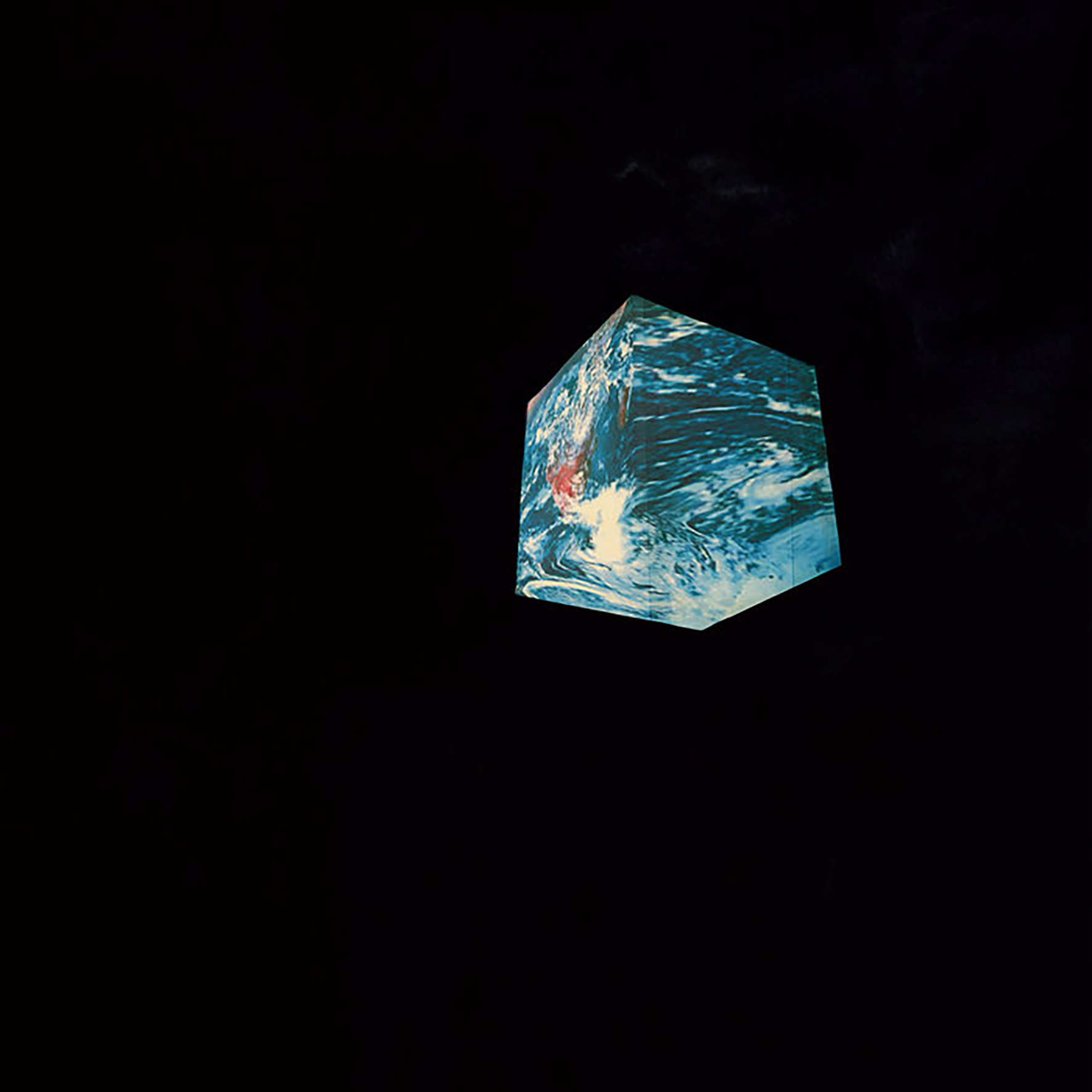Tim Hecker, "Anoyo"
 Eight years ago, Tim Hecker released his landmark Ravedeath, 1972 album and followed it with an EP that revisited the source material in a more organic, stripped-down fashion (Dropped Pianos). With Anoyo, Hecker beautifully revisits that same trick, albeit this time unveiling Konoyo's underlying gagaku ensemble rather than Ravedeath's underlying pianos. The other significant difference is that Anoyo is more than a mere companion piece that pulls back the curtain to reveal the scaffolding of a great album. Rather, Anoyo arguably equals and completes its predecessor, transforming Konoyo's blackened textures and haunted moods into something significantly warmer, more spacious, and more natural-sounding. Moreover, Anoyo gamely stretches even further from Hecker's comfort zone than its parent. Whereas Konoyo essentially fed Hecker's gagaku guests into a woodchipper, this release feels like a thoughtful, meditative, and organic collaboration with them, as Hecker's electronics eerily drift and swirl through the traditional Japanese sounds like a supernatural mist.
Eight years ago, Tim Hecker released his landmark Ravedeath, 1972 album and followed it with an EP that revisited the source material in a more organic, stripped-down fashion (Dropped Pianos). With Anoyo, Hecker beautifully revisits that same trick, albeit this time unveiling Konoyo's underlying gagaku ensemble rather than Ravedeath's underlying pianos. The other significant difference is that Anoyo is more than a mere companion piece that pulls back the curtain to reveal the scaffolding of a great album. Rather, Anoyo arguably equals and completes its predecessor, transforming Konoyo's blackened textures and haunted moods into something significantly warmer, more spacious, and more natural-sounding. Moreover, Anoyo gamely stretches even further from Hecker's comfort zone than its parent. Whereas Konoyo essentially fed Hecker's gagaku guests into a woodchipper, this release feels like a thoughtful, meditative, and organic collaboration with them, as Hecker's electronics eerily drift and swirl through the traditional Japanese sounds like a supernatural mist.
From the opening sweep of koto notes that leads into "That World," it is immediately apparent that Anoyo presents a side of Tim Hecker quite unlike any that I have seen before.If I did not know better, I would guess that he offered to record and produce the gagaku musicians' own album in exchange for their work on Konoyo, as the most predominant sounds are dreamily snaking and billowing masses of flutes rather than anything that sounds conspicuously Hecker-esque.Obviously, that is not the case, yet Hecker treats the source material with an uncharacteristic delicacy and lightness of touch on that particular piece, overtly showing his hand only through the deep bass tones and the fluttering swells of backwards strings.The flutes are the true heart of "That World," however, and they attain an almost "chills down the spine" level of ghostly beauty.Consequently, Hecker wisely leaves the piece as spacious and uncluttered as possible, as adding anything further would have only diluted the magic.The following "Is But A Simulated Blur," on the other hand, heads in the opposite direction, as the warped and woozy synth-like drones are very much textbook Hecker.He ingeniously twists the formula in quite a striking way though, as a haze of feedback or processed flutes swoops and plunges eerily in the periphery while pounding, erratically timed taiko and kakko drums imbue the piece with a very meditative and ritualistic feel.The first half of the album then winds to a close with the sublime and vaporously undulating drones of "Step Away From Konoyo."
Anoyo's second half initially picks up right where the first half left off, as "Into the Void" is yet another understated drone piece, though its gently tumbling, fragmented strings and uneasy dissonances give it a darkly impressionist feel rather than a meditative one.When contrasted with the surrounding pieces, "Step Away" and "Into the Void" can seem like a mid-album lull of sorts, but it is a deliberate one: Anoyo's arc can be viewed as a steady constriction followed by a similarly steady expansion back to its original state.Or, more abstractly, like a deep exhalation followed by a deep inhalation.
Correspondingly, the album starts to reassemble into more ambitious and structured forms with "Not Alone."Much like with "Simulated Blur," the shifting tempos of the drumming give the piece an exotic and ritualistic air, but Hecker is even more restrained this time around and limits his palette to just quivering washes of slow chords.It is an airy and quietly lovely piece.In keeping with the album’s telescoping trajectory though, it is the closing "You Never Were" that makes the deepest impact of Anoyo's resurgent second half.Initially, the backbone of the piece is a fitful, broken-sounding koto motif adrift in a quavering sea of shimmering feedback or harmonic swells.Gradually, however, a submerged organ theme starts to emerge from the haze, and a different snatch of melody appears that unpredictably sputters and sizzles in the foreground.In the final moments it fully blossoms into a blurred and dreamlike organ mass, but the real beauty of the piece lies in how elegantly Hecker manipulates textures and dynamics as he moves towards that destination.
For about a week, I was absolutely convinced that Anoyo was a better album than Konoyo, but I eventually realized that I was just completely in love with "That World" and had a deep fondness for taiko drumming."That World" is one of Hecker's career-defining masterpieces, and a few other songs beautifully evoke a mystical, dream-like ritual, which is more than enough to make Anoyo ("that world") a significant release.However, focusing on the individual songs neglects the deeper and more thoughtful artistry of the whole.Taken as a stand-alone work, these songs flow together seamlessly in a satisfying arc, achieving an exquisite symmetry.I was also struck by how the song titles form a hopeful non-traditional haiku.However, Anoyo is not a stand-alone work–it is the yang to its predecessor's yin (or vice versa).The song titles of Konoyo ("the world over here"), for example, also form a poem (a considerably darker one).While the overarching concept uniting the two halves is ambiguous enough to interpret in various ways (particularly since I have seen differing translations of "konoyo"),that ambiguity does not detract from their power and beauty as a diptych.In fact, that open-endedness even enhances those traits, as it is possible to project any number of themes (religious and otherwise) in the transformation from Konoyo's bleak torment to Anoyo's clarity and transcendence.Hecker essentially mirrors the anxiety, darkness, and pain of the modern world, then pulls back the camera to show that the sorrow and chaos are mere details of a rich and complex tapestry (or possibly that it is all an ephemeral illusion).Either way, The Transfiguration of Timothy Hecker is a moving and absorbing event.With the exception of perhaps Virgins, Anoyo and Konoyo go the furthest of Hecker’s albums in eroding his usual artistic distance to reveal depth and feeling in a raw and direct way.
Samples can be found here.



